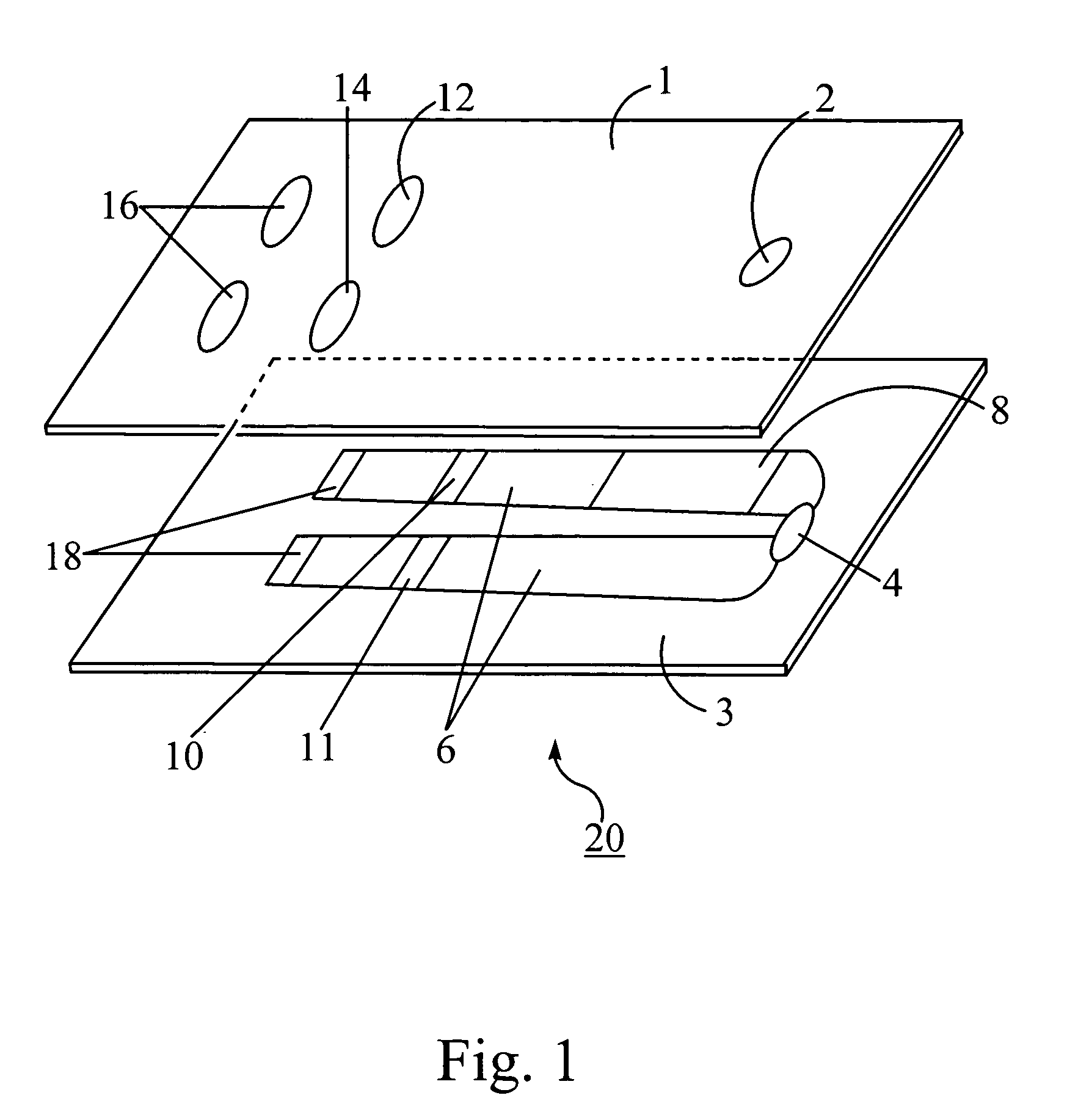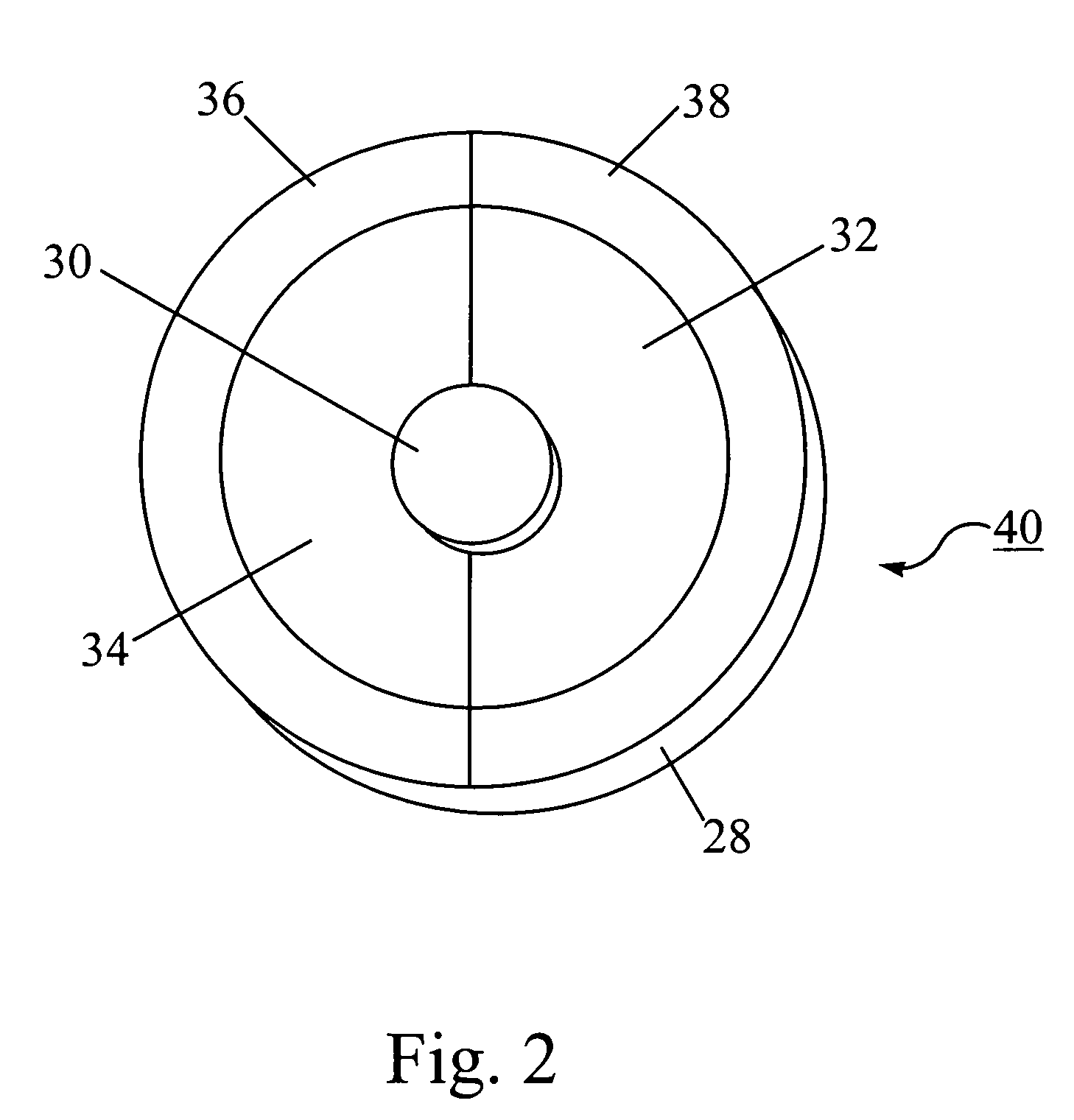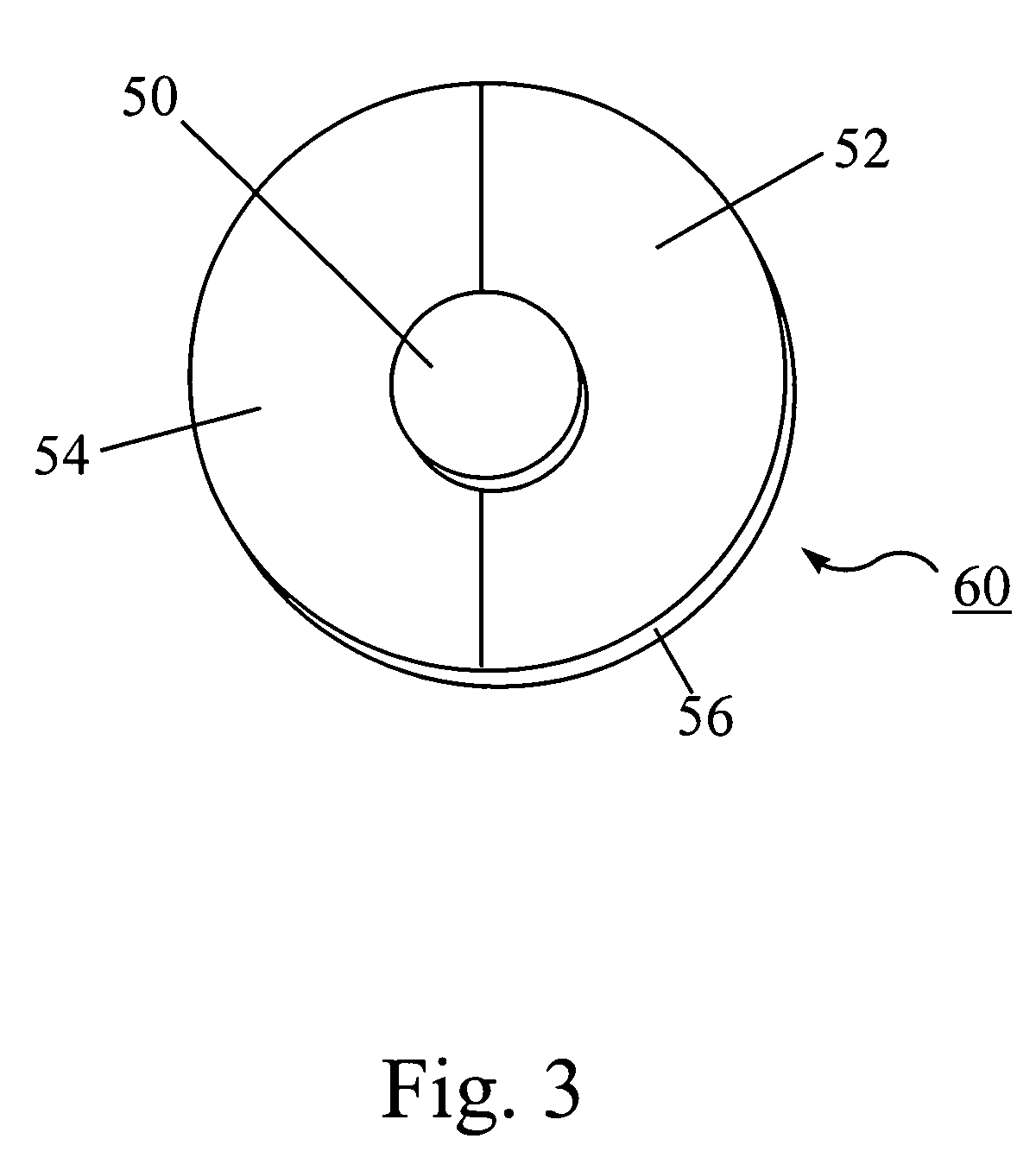Test for the rapid evaluation of ischemic states and kits
- Summary
- Abstract
- Description
- Claims
- Application Information
AI Technical Summary
Problems solved by technology
Method used
Image
Examples
example 1
Sample Handling Procedures for Ischemia Testing
[0104] The samples which were used in the present invention were obtained from a variety of tissues or fluid samples taken from a patient, or from commercial vendor sources. Appropriate fluid samples included whole blood, venous blood, arterial blood, blood serum, plasma, as well as other body fluids such as amniotic fluid, lymph, cerebrospinal fluid, saliva, etc. The samples were obtained by well known conventional biopsy and fluid sampling techniques. Preferred samples were blood plasma and serum and purified albumin. Purified albumin was isolated from the serum by any of the known techniques, including electrophoresis, ion exchange, affinity chromatography, gel filtration, etc.
[0105] Blood samples were taken using Universal Precautions. Peripheral venipuncture was performed with the tourniquet on less than 30 seconds (contralateral arm from any IV fluids). Blood is drawn directly into two 10 cc Becton Dickinson Vacutainer® Sodium-H...
example 2
Test Method for Detecting Occurrence of Ischemic Event Using Cobalt Binding
[0108] The ischemia test (cobalt version) was run as follows: 200 μl of patient sera was added to each of two tubes each containing 50 μl 0.1% CoCl2.6H2O. The mixture was allowed to react at room temperature (18-25° C.), or higher, for 5 or more minutes. Thereafter 50 μl 0.01 M dithiothreitol (DTT) was added to one of the two tubes (the “test tube”) and 50 μl 0.9% NaCl was added to the second tube (the “background tube”). After two minutes, 1 ml 0.9% NaCl was added to both tubes. A470 spectroscopy measurements were taken of the two tubes. The ischemia test was considered positive if the optical density was greater than or equal to 0.400 OD (or alternatively a clinically derived cut-off) using a spectrophotometer at OD 470 nm.
[0109] Equivalent materials which may be used as alternatives include any of the transition metals. Ferrozine or other compounds with an affinity to cobalt can be substituted for DTT an...
example 3
Test Method for Detecting Occurrence of Ischemic Event Using Measurement of Copper
[0110] Albumin was purified from 0.2 cc of human serum or plasma using an ion exchange method to produce approximately 8 mg of purified albumin. A buffer having a pH in the range of 7 to 9 was added. The amount of copper present in the sample was then measured by direct spectrophotometric and potentiometric methods, or by any of several other known methods, including atomic absorption, infrared spectroscopy, HPLC and other standard or non-standard methods, including radioactive tracer techniques. The proportion of copper to albumin can be then used as a measure of ischemia, the greater the proportion, the higher the ischemia value.
PUM
| Property | Measurement | Unit |
|---|---|---|
| Volume | aaaaa | aaaaa |
| Volume | aaaaa | aaaaa |
| Volume | aaaaa | aaaaa |
Abstract
Description
Claims
Application Information
 Login to View More
Login to View More - R&D
- Intellectual Property
- Life Sciences
- Materials
- Tech Scout
- Unparalleled Data Quality
- Higher Quality Content
- 60% Fewer Hallucinations
Browse by: Latest US Patents, China's latest patents, Technical Efficacy Thesaurus, Application Domain, Technology Topic, Popular Technical Reports.
© 2025 PatSnap. All rights reserved.Legal|Privacy policy|Modern Slavery Act Transparency Statement|Sitemap|About US| Contact US: help@patsnap.com



